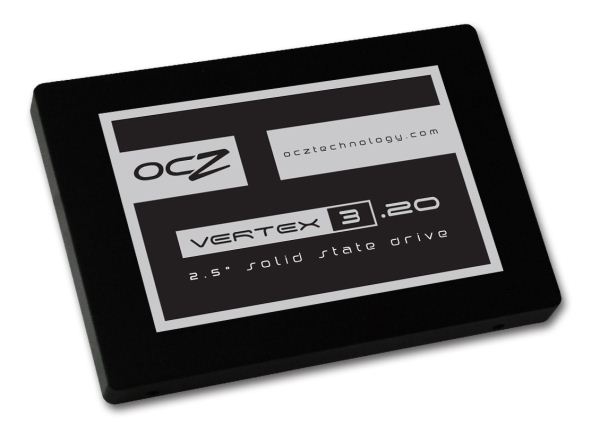
Yesterday OCZ introduced an updated version of their Vertex 3: The Vertex 3.20. The name derives from the fact that the new Vertex 3.20 uses 20nm IMFT MLC NAND, whereas the original Vertex 3 used 25nm IMFT NAND. OCZ did the same with Vertex 2 and it's a common practice to move to smaller lithography NAND when it becomes cost-effective. At first the new lithography NAND may be more expensive and limited in availability but once the process matures, prices start to fall and eventually will overtake the old process node. Fortunately OCZ has learned from their mistakes and now the Vertex 3 with new NAND is easily distinguishable from the original Vertex 3, unlike with the Vertex 2 when OCZ silently switched to 25nm NAND.
| Â | Vertex 3.20 | Vertex 3 | ||
| Capacity | 120GB | 240GB | 120GB | 240GB |
| Controller | SandForce SF-2281 | |||
| NAND | 20nm IMFT MLC NAND | 25nm IMFT MLC NAND | ||
| Sequential Read | 550MB/s | 550MB/s | 550MB/s | 550MB/s |
| Sequential Write | 520MB/s | 520MB/s | 500MB/s | 520MB/s |
| 4KB Random Read | 40K IOPS | 35K IOPS | 20K IOPS | 40K IOPS |
| 4KB Random Write | 40K IOPS | 65K IOPS | 60K IOPS | 60K IOPS |
I asked OCZ why only Vertex 3 was updated with 20nm NAND and OCZ told me that the 20nm NAND is slower than 25nm. Intel initially told me that their 20nm NAND is as fast as their 25nm NAND (only erase time is slightly slower but that shouldn't impact end-user performance), though it should be kept in mind that OCZ uses NAND from Micron too and their binning process may be different from Intel's. Either way, it doesn't make sense (at least yet) for OCZ to update their high-end SSDs with the slower 20nm NAND, which is why Vertex 4 and Vector will stick with 25nm IMFT NAND.Â
In other news, OCZ is also looking to phase out Agility 3 and 4 models. If you've been reading about OCZ's new business strategy (in a nutshell, less products and more focus on high-end market), this move makes a lot of sense because Agility has always been a compromised budget lineup. In the near future the Vertex 3.20 will be OCZ's mainstream model, which is why it was important for OCZ to cut the costs by moving to smaller process node NAND.Â
Source: OCZ Press Release
No comments:
Post a Comment